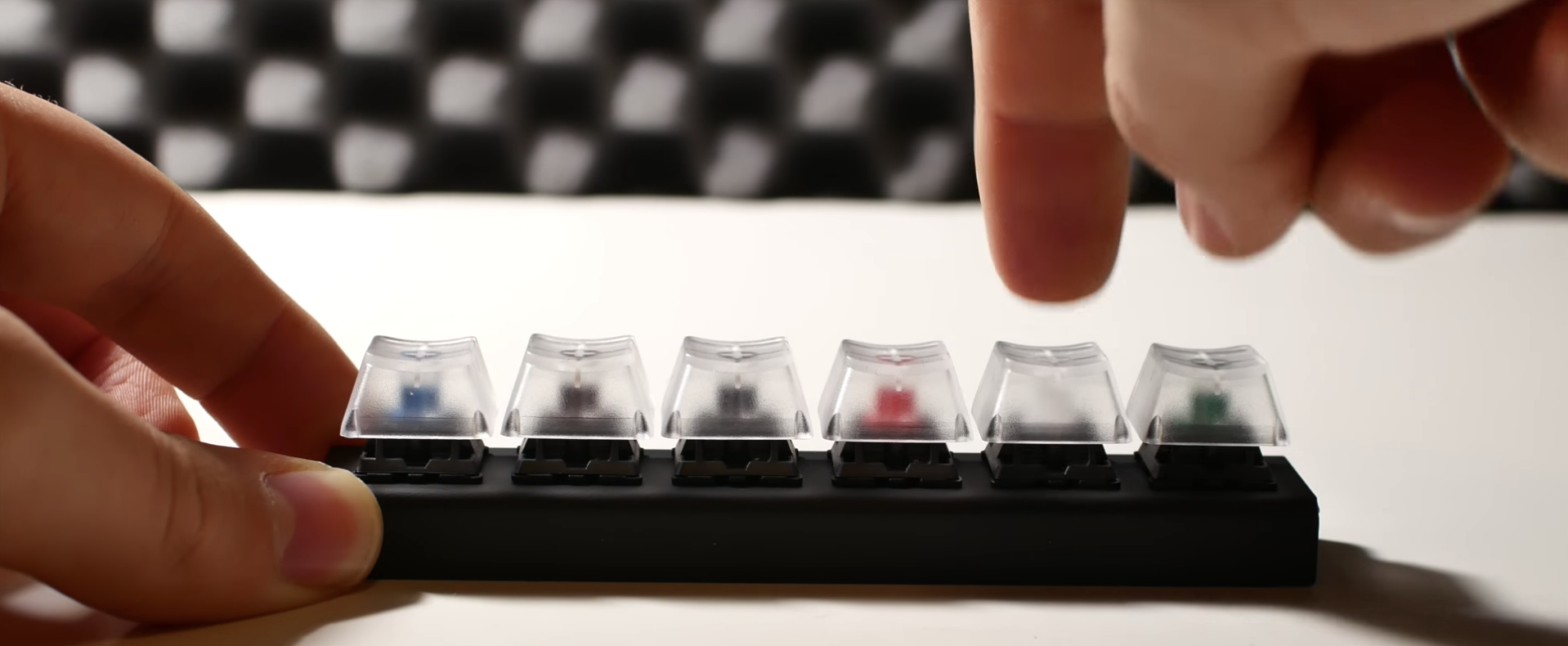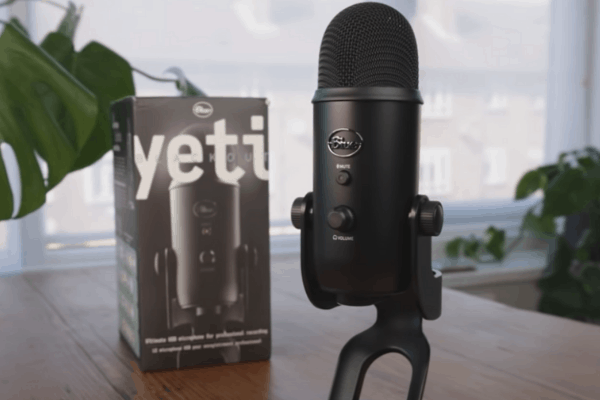


Mechanical keyboards often do comes up with switches underneath each key. You can now completely avoid the keyboard noise but can look forward to how to get rid of keyboard noise on the mic. Solution 2: Consider a silent mechanical keyboard You can easily reduce the sound your microphone is picking up from the keyboard just by placing your microphone in the right position. If you don’t have one, don’t worry as the majority of the microphones today do come up with a physical switch that makes it easier for the users to change the directionality manually. Unidirectional and cardboard-based microphones are usually best known for providing the best experience always. The very first and easiest thing you can do for resolving queries about how to reduce keyboard noise when recording is repositioning your microphone. If you are looking here for the perfect solution for how to make the mic not pick up the keyboard, just get the ones we have provided you below: Solution 1: Re-position your Microphone It can be beneficial in situations where you do not want a signal coming from a 90° angle to bleed into the microphone.4) Conclusion How to stop Mic from picking up keyboard noise? This makes unidirectional microphones effective at isolating the desired sound from both unwanted sound and ambient noise.Ī bidirectional microphone (with figure-8 pattern) picks up the sound from in front of the microphone (at 0°) and from the rear (at 180°), but not the side (at 90° and 270°). Unidirectional microphones are most sensitive to sound arriving from directly in front (at 0°) and less sensitive in other directions. It will be especially useful in good sounding rooms.

Therefore, the microphone need not be aimed in a certain direction.

This means it picks up sound evenly from all directions. The omnidirectional microphone has equal sensitivity at all angles. It is easy to get a good signal as the cardioid pattern blends out a bad sounding room, a noisy fan in the background, etc. You can use this for most recording applications. This isolates it from unwanted ambient sound. The most commonly used pattern is most sensitive at 0° (the front) and least sensitive at 180° (the back). The most common types are: Cardioid, Omnidirectional, Unidirectional, Bidirectional. The pick-up pattern of a microphone is the sensitivity to sound relative to the direction or angle from which the sound arrives, or how well the microphone "picks up" the sound from different directions.


 0 kommentar(er)
0 kommentar(er)
